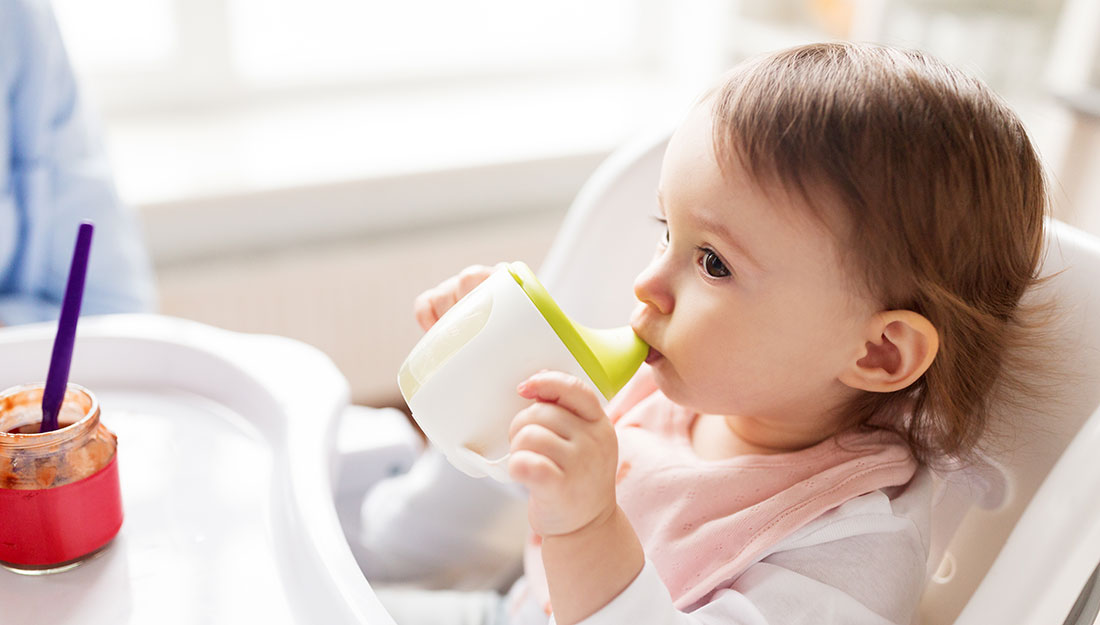As a parent, you’re doing everything right. You’ve transitioned your toddler from bottles to sippy cups, you’re offering milk for strong bones, and you’ve made juice a regular part of their day because it has fruit in it, right? Unfortunately, what seems like a step forward in your child’s development might actually be setting the stage for a serious dental problem that many parents don’t see coming until it’s too late.
The Hidden Danger in That Cute Little Cup
Sippy cups are incredibly convenient—they’re spill-proof, portable, and keep toddlers hydrated throughout the day. But here’s what many parents don’t realize: when children carry sippy cups around for hours, sipping continuously on milk, juice, or other sweetened beverages, their teeth are essentially bathing in sugar all day long.
Every time your child takes a sip of juice or milk, the natural and added sugars in these drinks interact with bacteria in the mouth to produce acid. This acid attacks tooth enamel, and when the exposure is constant throughout the day, there’s no opportunity for saliva to neutralize the acid and remineralize the teeth. The result? A specific type of tooth decay that we see all too often at Sweet Tooth Kids Dentistry, sometimes called “sippy cup cavities.”
What makes this particularly heartbreaking is that these cavities typically affect the front teeth—the ones most visible when your child smiles. Many parents in Downers Grove are shocked to discover significant decay in their toddler’s teeth, not realizing that their well-intentioned beverage choices were the culprit.
Why Juice Isn’t as Healthy as You Think
Marketing has convinced many parents that juice is a healthy choice because it comes from fruit. The reality is quite different. Most juices—even 100% fruit juice—contain concentrated sugars that are just as damaging to teeth as soda. An 8-ounce glass of apple juice contains about 24 grams of sugar, nearly matching the sugar content of many soft drinks.
The American Academy of Pediatrics now recommends that children under one year old should have no juice at all, and toddlers ages 1-3 should have no more than 4 ounces per day, served only at mealtimes. Yet many toddlers consume far more than this, often sipping from their sippy cups throughout the day.
Milk presents a different but related problem. While milk is nutritious and important for growing children, it still contains natural sugars (lactose) that can contribute to decay when teeth are exposed to it constantly. This is especially problematic when toddlers fall asleep with a sippy cup of milk or carry one around as a comfort object.
Breaking the Sippy Cup Habit
The good news is that with some strategic changes, you can protect your child’s teeth while still meeting their nutritional needs. Here are practical strategies that actually work:
Set specific drinking times. Rather than allowing all-day sippy cup access, establish regular drinking times during meals and snacks. Between these times, offer only water in the sippy cup. This gives teeth a break from sugar exposure and allows saliva to do its protective work.
Make the switch to open cups earlier. Many children are ready to transition to regular cups between 12-18 months. Yes, there will be spills, but the dental benefits are worth it. Children tend not to carry open cups around constantly, which naturally limits exposure time.
Use water as the default beverage. Water should be the go-to drink throughout the day. Save milk for mealtimes and eliminate or strictly limit juice. If your child initially resists plain water, try gradually diluting juice with more and more water until they’re drinking water alone.
Offer whole fruit instead of juice. When you want to provide the nutritional benefits of fruit, serve it whole rather than as juice. Whole fruit provides fiber, requires chewing (which stimulates saliva production), and doesn’t coat teeth in sugar the way juice does.
Create a bedtime routine without sippy cups. If your child uses a sippy cup as a sleep aid, gradually phase it out by moving the final drink earlier in the bedtime routine, ensuring teeth are brushed after the last beverage of the night.
Moving Forward
The sippy cup itself isn’t the enemy—it’s how we use it. By understanding the dental risks and making a few strategic adjustments, you can protect your child’s developing teeth while still meeting their hydration and nutritional needs.
If your toddler is already accustomed to constant sippy cup access, don’t panic. Changes can be made gradually, and early intervention can prevent serious decay. At Sweet Tooth Kids Dentistry in Downers Grove, we work with parents every day to assess their child’s dental health and create personalized plans for transitioning to healthier drinking habits. Our team understands the challenges of changing toddler routines and can provide support and guidance tailored to your family’s specific situation.
Your child’s baby teeth matter more than you might think—they hold space for permanent teeth, aid in proper speech development, and allow for good nutrition. Protecting them from sippy cup cavities is one of the simplest yet most impactful things you can do for their long-term oral health. Sometimes the best parenting decisions aren’t the most convenient ones, but when it comes to your child’s smile, they’re always worth it.
If you have questions about your child’s sippy cup use or want to schedule a checkup, contact Sweet Tooth Kids Dentistry today. We’re here to partner with you in keeping those little smiles healthy and bright.

